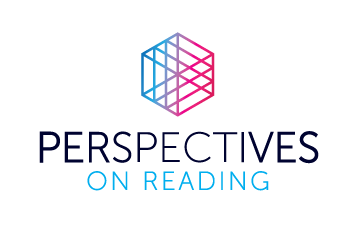Library users are book buyers

By Adam Sockel, Staff Writer | July 2021
It’s a common misconception that people who borrow books from libraries do so to avoid paying for them. But based on numerous studies and surveys, the truth is that the Venn diagram of book borrowers and book buyers is much closer to a singular circle. The reality of the book world is that as format options diversify and content becomes more easily available, discovery of books and authors is increasing. Not only are library users some of the most ardent purchasers of books, but with the growing variety of formats available and the ease with which libraries curate and merchandise books online, libraries are a greater discovery tool than ever.

Library discovery drives book purchasing
Discovery of new books and authors through the library is surging thanks to ebooks and audiobooks being accessible anytime, anywhere. While visits to libraries and physical bookstores plummeted because of the COVID-19 pandemic last year, digital library usage soared. More than 430 million titles were borrowed across OverDrive’s platforms in 2020. It would be easy to assume that this would cause a sharp drop in the purchasing of books during the same period, but the opposite is true. According to The New York Times, overall purchasing of books rose in 2020, including an 8-percent lift in the sales of print books.
The simple truth is that library patrons are also book buyers. Libraries offer a unique opportunity to discover a new book, series, genre or author before deciding whether to permanently purchase those titles. This isn’t just an assumption used to hype up the importance of libraries. For years it’s been proven by numerous studies, from Publishers Weekly to Library Journal to The Panorama Project’s Immersive Media & Books 2020 Consumer Survey, the latter of which found that one-third of responders bought a book they discovered through the library in 2020.
In our technology-driven world of instant gratification, library users are no different than any other purchaser of goods and services. Many times, they want a specific book and are happy to pay instead of waiting for it at their library. According to the same Panorama Project survey, 30 percent of respondents buy books rather than wait for when they’re unavailable from the library. The library is frequently used as a powerful browsing tool when patrons are unsure what they want to read next, leading to greater discovery. However, if readers want a certain title, they will purchase it from an online or physical bookseller.

Audiobook usage continues to soar
Library users aren’t just driving ebook and physical book engagement. They also listen to audiobooks at an impressive rate. According to the Audio Publishers Association (APA), daily audiobook consumption has grown 71 percent since 2017. In 2020, audiobook revenue grew by 17 percent, even though the number of people commuting plummeted. This is the eighth-straight year of double-digit growth in audiobook revenue growth and it aligns with digital library usage statistics. One hundred and thirty-six million audiobooks were borrowed across OverDrive’s digital platforms in 2020, a year-over-year growth rate of 20 percent. According to OverDrive and the APA, library users on average listen to far more audiobooks and are more likely to have paid subscriptions to services like Audible and Libro FM.
Major takeaway: The more you read, the more you read
Libraries and booksellers work in tandem, driving interest for content both physical and digital. Rising tides, as the saying goes. OverDrive has found that when a reader uses one or more digital library apps, like Libby, they are 61 percent more likely to increase their book consumption year over year versus people who do not use digital library apps.
Digital discovery through the library and online bookshops are vital to book sales, as proven through rising physical book sales throughout the pandemic despite physical locations being closed and a massive increase in digital library usage. To put it plainly: The more people read, the more books they engage with across the board. Providing them more ways to discover and access those books – especially through the library – does not compete with book sales but rather can have a positive impact on the overall sale and readership of books.


